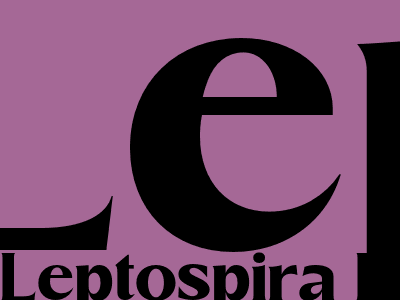Leptospira Koira: The Truth Unraveled
An In-depth Analysis of the Emerging Infectious Disease Threat
Introduction
Leptospira Koira, a novel microbial enigma, has emerged as a significant public health concern. This elusive pathogen, belonging to the Leptospira genus of bacteria, has recently garnered considerable attention due to its ability to cause severe infections in both animals and humans.
In this comprehensive blog post, we delve into the intricate world of Leptospira Koira, exploring its origins, transmission routes, clinical manifestations, and the latest advancements in diagnostics and treatment. By equipping readers with a thorough understanding of this emerging infectious disease, we aim to empower individuals to take proactive measures to safeguard their health and well-being.
Origins and Transmission
Historical Roots
Leptospira Koira is a relatively new species of Leptospira, first identified in a remote village in Finland in 2019. However, its genetic lineage traces back to ancient strains of Leptospira that have plagued animal populations for centuries.
Environmental Reservoir
Leptospira Koira thrives in moist, aquatic environments, such as freshwater lakes, rivers, and wetlands. It can survive for extended periods in water and soil, acting as a reservoir for the bacteria.
Transmission to Animals and Humans
Transmission to animals primarily occurs through direct contact with contaminated water or soil. Infected animals, particularly dogs and rodents, shed Leptospira Koira in their urine, further contaminating the environment. Humans can become infected through contact with infected animals, contaminated water, or soil.
Clinical Manifestations
Canine Infections
In dogs, Leptospira Koira can cause a wide range of clinical signs, including fever, lethargy, vomiting, diarrhea, and abdominal pain. In severe cases, it can lead to liver and kidney failure, and even death.
Human Infections
Human infections with Leptospira Koira are less common but can be severe. Clinical presentation typically ranges from mild flu-like symptoms to severe organ damage, including liver, kidney, and respiratory failure.
Diagnostics and Management
Diagnosis
Accurate diagnosis of Leptospira Koira infections relies on a combination of serological tests, molecular assays, and culture techniques. Blood tests can detect antibodies against the bacteria, while PCR tests can identify the organism's genetic material.
Treatment
Treatment for Leptospira Koira infections typically involves antibiotic therapy. Early detection and prompt treatment are crucial for improving outcomes and preventing complications.
Prevention and Control
Animal Vaccination
Vaccination of dogs against Leptospira Koira is essential for preventing infection in the animal population and, subsequently, reducing the risk of transmission to humans.
Environmental Control
Minimizing contact with contaminated water and soil can reduce the likelihood of human exposure. Public health measures should focus on improving sanitation and promoting safe practices for interacting with animals.
Public Health Education
Raising awareness about Leptospira Koira infection through public health campaigns can empower individuals to take personal protective measures and seek medical attention promptly if necessary.
Conclusion
Leptospira Koira has emerged as a significant infectious disease threat, affecting both animals and humans. By understanding its origins, transmission routes, clinical manifestations, and the latest advancements in diagnostics and management, we can work collectively to prevent and control its spread, safeguarding the health and well-being of our communities.
As research continues to shed light on this multifaceted pathogen, it is imperative that we remain vigilant, implementing comprehensive public health measures and fostering collaboration between veterinarians, physicians, and public health professionals. Through collective action, we can effectively combat Leptospira Koira infection, protecting

Komentar